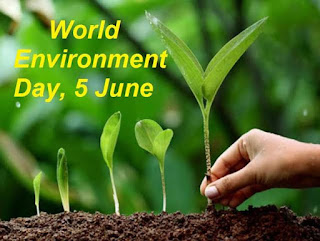Zinc is an essential mineral that plays an important role in improving testosterone levels as well as sperm production. Oysters are rich sources of this mineral. An increase in testosterone levels also helps improve your sexual desire and energy, which means that you are going to derive more pleasure from your sexual encounters besides having higher chances of conceiving.
Eggs
High in protein and vitamin E, eggs are considered to help in the production of healthy and strong sperm in the testicles. They are also believed to prevent sperm cells from the harmful effects of free radicals, which may kill sperm.
Bananas
Bananas contain an enzyme called bromelain which is supposed to increase male libido. They are also rich sources of vitamin B, which can help bring an increase in stamina, making sure that you have more energy available for your sexual encounters.
Spinach
Leafy green vegetables such as spinach are rich sources of folic acid. Low levels of folate can give rise to distorted sperm shapes such as ones with two heads or two tails. The sperm are also at an increased risk of chromosomal abnormalities. This means that firstly your sperm will find it difficult to reach an egg and even if it does reach an egg, it will not be able to fertilize it. Furthermore, even if these sperms are able to fertilize an egg, the chances of birth defects are quite high in such cases.
Asparagus
A green vegetable that is high in vitamin C, asparagus is also a good food to increase sperm volume. Vitamin C protects the sperm cells from the damaging effects of free radicals and thus ensures that the sperm store in the male reproductive system does not get depleted.
Garlic
Garlic is a very effective food that has been used for centuries in treating various physical ailments including heart problems and respiratory infections. What most people don’t know is that it is also a potent aphrodisiac and very effective in boosting sperm volume. It contains a compound called allicin which improves blood flow to the male sexual organs, increasing sperm production and semen volume.
Carrots
Vitamin A is an important nutrient for increasing sperm production as well as improving their motility. Carrots are rich in this nutrient. You can also consume vitamin A by eating foods such as oatmeal, red bell peppers and dried apricots.
Goji Berries
These berries are known to improve your overall stamina and mood. But that’s not all, they also keep temperatures in the scrotum at the optimum level. The scrotum contains the testes which produce sperm. Higher temperatures tend to hamper the sperm production and decrease the volume that is released in a man’s ejaculate. They also promote sperm production by improving blood circulation and protecting against free radical damage.
Walnuts
Another key nutrient for sperm volume is omega-3 fatty acids. These essential fatty acids are supposed to increase sperm count as well as improve blood flow to the penis.
Pumpkin Seeds
Pumpkin seeds contain phytosterols which are known to improve testosterone production and reduce the size of an enlarged production. Both these factors help in increasing sperm count as well as semen volume. They also contain essential fatty acids that improve blood flow to the male reproductive organs.
Ginseng
Ginseng is a powerful herb known for its powerful effects on improving virility in men. It increases sex drive and also enhances your sexual performance. It has been found to be quite effective in men with erectile dysfunctions, increasing semen volume and sperm production.
Maca
This one is another herb that is known to increase semen volume. It has been found that men who consume this herb in the form of a supplement can expect higher sperm count per milliliter of semen, higher semen volume per ejaculation and also better sperm motility. It is also known to have a positive effect on the sex drive and arousal of both men and women. This list of foods is definitely not a comprehensive one. Eating a balanced diet which is rich in minerals such as zinc and vitamins such as A, B12, C, and folic acid will ensure that more sperms are produced in your testes and they are healthy enough to fertilize an egg.











































